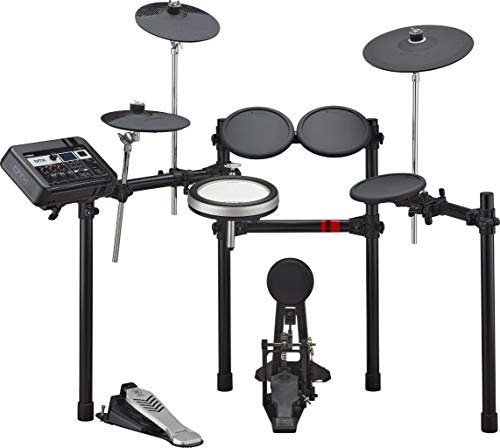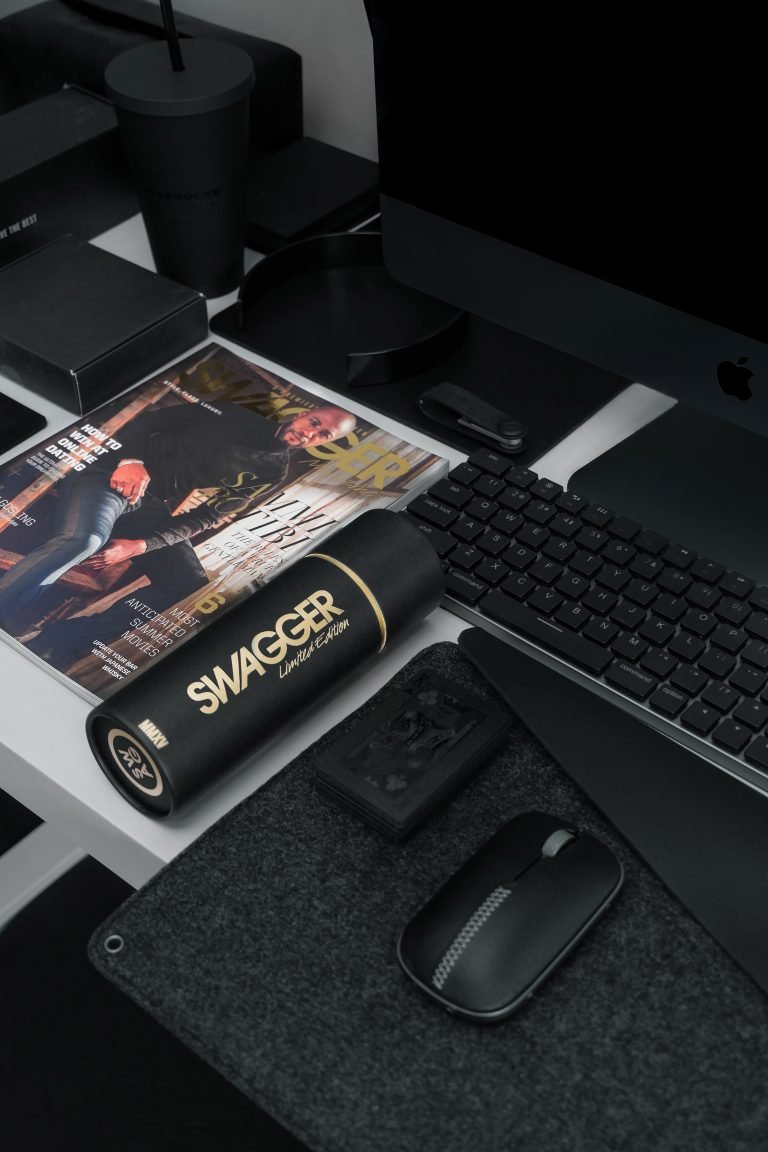Master Your Drumming Skills with Drumstick Tape & Unleash the Power of Mallets and Brushes!
Can drumstick tape be used on other types of drumming equipment, such as mallets or brushes?
Drumming is an art form that requires precision, control, and skill. Whether you are a beginner or an experienced drummer, there are various tools and techniques that can help enhance your drumming skills. In this article, we will explore the importance of drumstick tape and how it can improve your grip and control. We will also delve into the world of mallets and brushes, exploring their differences and how they can add versatility and expressiveness to your drumming. So, let’s dive in and unleash the power of drumstick tape, mallets, and brushes!
Importance of Drumstick Tape
Enhances Grip
One of the primary reasons drumstick tape is essential for drummers is its ability to enhance grip. When drumming, it is crucial to have a firm hold on your drumsticks to maintain control and prevent slipping. Drumstick tape provides an extra layer of traction, allowing you to firmly grasp your sticks and execute precise drumming techniques.
Reduces Hand Fatigue
Drumming can be physically demanding, requiring repetitive hand movements for extended periods. Over time, this can cause hand fatigue and discomfort. Drumstick tape can help alleviate hand fatigue by providing additional padding and reducing the impact on your hands. This enables you to play for longer periods without experiencing discomfort or compromising your performance.
Prevents Slipping
Slipping drumsticks can be a common frustration for drummers. However, with the application of drumstick tape, you can significantly reduce the occurrence of slipping. The textured surface of the tape creates friction between your hands and the sticks, preventing them from slipping out of your grip during intense drumming sessions.
Improves Drumstick Control
Drumstick control is crucial for executing precise drumming techniques and achieving consistent sound quality. Drumstick tape plays a vital role in improving control by providing a stable, non-slip surface to grip onto. With better control over your drumsticks, you can execute complex drumming patterns, dynamic accents, and ghost notes with ease.
Different Types of Drumstick Tape
Grippy Tape
Grippy tape is specifically designed to provide maximum grip and control. It is made from a textured material that enhances traction and reduces slippage. Grippy tape is an excellent choice for drummers who prioritize control and precision in their performance.
Duct Tape
Duct tape is a versatile option for drumstick tape. It is durable, easily accessible, and offers a good amount of grip. Duct tape can be customized by tearing it into narrow strips or cutting it into desired shapes, allowing for a personalized grip on your drumsticks.
Silicone Tape
Silicone tape is known for its non-slip properties and comfortable feel. It provides a slightly tacky surface, offering an excellent grip without being overly sticky. Silicone tape is also resistant to moisture, making it an ideal choice for drummers who perform in hot and humid environments.
Tennis Grip Tape
Tennis grip tape is a popular choice among drummers. It is designed to provide a comfortable grip and absorb shock. Tennis grip tape comes in various colors and thicknesses, allowing you to customize your drumsticks’ appearance while enhancing your grip and control.
How to Apply Drumstick Tape Properly
Clean and Dry Drumsticks
Before applying drumstick tape, ensure that your drumsticks are clean and dry. This will ensure a proper adhesion of the tape and prevent any residue from affecting your grip.
Measure and Cut the Tape
Measure the length of tape required to cover the area of your drumstick where you grip it. Cut the tape to the desired length, ensuring that it is long enough to wrap around the drumstick without overlapping excessively.
Wrap the Tape Carefully
Starting at one end of the drumstick, position the tape diagonally and begin wrapping it around the grip area. Take care to apply even pressure and avoid any creases or wrinkles in the tape. Continue wrapping until you reach the other end of the grip area. If desired, repeat the process for additional layers of tape to create a thicker grip.
Secure the Ends
Once you have wrapped the tape around the grip area, secure the ends by pressing them firmly against the drumstick. This will ensure that the tape stays in place during your drumming sessions.
Unleashing the Power of Mallets and Brushes
Drumsticks are not the only tools at a drummer’s disposal. Mallets and brushes offer unique sound possibilities and can add versatility and expressiveness to your drumming. Let’s explore the differences between mallets and drumsticks and delve into various types of mallets and brush techniques.
Mallets vs. Drumsticks
Different Sound and Tone
While drumsticks produce a sharp and articulate sound, mallets produce a softer and more rounded tone. Mallets are especially popular in genres like jazz and orchestral music, where a more melodic and atmospheric sound is desired.
Versatility and Range
Mallets offer a broader range of playing techniques compared to drumsticks. They can be used to play various percussion instruments, including cymbals, xylophones, and marimbas. The versatility of mallets allows drummers to explore different musical styles and create unique textures and sounds.
Ideal for Various Music Styles
Mallets are particularly suited for genres that require a gentle touch and nuanced playing. From jazz to classical, mallets can add depth and sophistication to your drumming, allowing you to create dynamic and expressive performances.
Different Types of Mallets
Soft Mallets
Soft mallets produce a warm and mellow sound, ideal for creating a rich sustain on instruments such as gongs or vibraphones. They are commonly used in orchestral music and jazz.
Medium Mallets
Medium mallets offer a balanced sound, suitable for a wide range of percussion instruments. They provide a good compromise between the softness of soft mallets and the articulation of hard mallets.
Hard Mallets
Hard mallets produce a bright and pronounced sound with a strong attack. They are well-suited for instruments such as timpani or snare drums, where a clear and articulate sound is desired.
Different Materials: Rubber, Wood, Plastic
Mallets can be made from various materials, including rubber, wood, and plastic. Each material offers a unique tone and feel. Rubber mallets tend to produce a softer sound, while wooden mallets provide a warmer tone. Plastic mallets offer more durability and resilience.
Techniques to Master Using Mallets
Proper Grip
To master using mallets, it is important to have a proper grip. Hold the mallets with a relaxed grip, allowing them to pivot freely in your hands. The thumb and index finger should lightly hold the mallets, while the other fingers provide support and control.
Wrist and Arm Movement
Mallet techniques involve a combination of wrist and arm movements. Practice fluid motions, utilizing both your wrist and arm to produce a dynamic range of sounds. Experiment with different angles and heights to achieve different tonal qualities.
Dynamics and Articulation
Mallet playing allows for a wide range of dynamics and articulation. Explore the full range of soft to loud playing, and experiment with techniques such as staccato, legato, and accents to add expressiveness to your performances.
Mallet Selection for Different Instruments
Different instruments require specific types of mallets to achieve the desired sound. Experiment with different mallets on different instruments to find the combination that produces the desired tone and articulation.
Brushes for Expressive Drumming
In addition to drumsticks and mallets, brushes offer a unique and expressive approach to drumming. Brushes produce a distinct sound and allow drummers to create a range of textures and effects. Let’s explore various brush types and techniques.
Different Brush Types: Wire Brushes, Nylon Brushes, Bamboo Brushes
Wire brushes are the most common type of brush and provide a versatile range of sounds. Nylon brushes offer a brighter and more articulate sound, while bamboo brushes produce a softer and more organic tone.
Traditional Brush Techniques
Traditional brush techniques involve sweeping or brushing the brushes across the drumheads or cymbals. This technique creates a gentle, shuffling sound that can replicate the sound of a broom or softly rustling leaves.
Sweep/Rake Techniques
Using the sweep/rake technique, the brushes are dragged across the drumhead in a sweeping motion, producing a sustained sound. This technique is commonly used for creating drum rolls or long, sustained tones.
Tap/Strike Techniques
With the tap/strike technique, the brushes are used to tap or strike the drumhead or cymbal, creating distinct accents and rhythmic patterns. This technique adds a percussive element to your drumming and allows for precise articulation.
Conclusion
Drumstick tape, mallets, and brushes are valuable tools that can enhance your drumming skills and expand your musical possibilities. By using drumstick tape, you can improve your grip, reduce hand fatigue, prevent slipping, and enhance your drumstick control. Mallets and brushes offer unique sounds, tones, and techniques that allow you to explore various music styles and add expressiveness to your drumming. So, go ahead, master the art of drumming with drumstick tape, mallets, and brushes, and unleash the full potential of your drumming skills!



